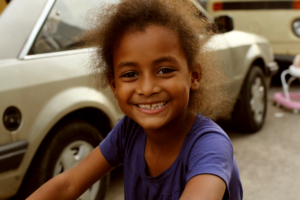
The refugee crisis in Uganda is due to its central location to several countries that have been in civil war in recent years. In fact, some have characterized Uganda as an underground railroad of differing proportions. Uganda has borders with South Sudan, which has been in a civil war since late December 2013, while Rwanda, which experienced one of the worst genocides in history in 1994, is still feeling the ripple effects among certain areas and individuals in the country. Meanwhile, violence has plagued the Democratic Republic of the Congo in certain eastern areas near Uganda’s border. Burundi and Somalia, though not bordering countries, are nearby and both have experienced civil wars and other conflicts in the recent millennium. Here are five facts about the refugee crisis in Uganda.
5 Facts About the Refugee Crisis in Uganda
- Uganda has over 1.423 million refugees, with the majority coming from South Sudan through its northern border. However, the refugees also enter through the country’s southern border, from the Democratic Republic of the Congo and Tanzania. The Tanzanian border area, known as Isingro, hosts the Nakivale refugee settlement which was one of the only settlements that did not have South Sudanese or Sudanese refugees. In fact, this settlement mostly consists of Congolese refugees.
- The refugees currently in Uganda come from eight prominent countries in Africa including South Sudan, the Democratic Republic of the Congo, Burundi, Somalia, Rwanda, Eritrea, Sudan and Ethiopia. Each of these countries has experienced a civil war in the past 30 years and most have suffered one in the past two decades. That being said, many of the individuals who experienced those trying times are still alive. When new violence occurs, many decide to leave earlier versus later because they remember the atrocities from just 20 to 30 years prior.
- The largest refugee group by origin is from South Sudan, accounting for roughly 62 percent of refugees and over 880,000 individuals in Uganda. South Sudan is the closest country and its most recent civil war halted in 2019.
- One of the largest settlements that South Sudanese refugees primarily use is Bidi Bidi in northern Uganda. It is roughly 234 square kilometers and people use the land for both residential and agricultural needs. To put it in context, 234 square kilometers is roughly the size of Birmingham in the United Kingdom.
- The United Nations Refugee Agency’s 2020 budget for Uganda is $333 million. This is about $50 million lower than its 2019 budget, even though the refugee crisis is once again ramping up after the steep decline in 2018. In fact, the total number of refugees per month has been steadily increasing by about 10,000 to 20,000 since October 2018.
While the influx of refugees to Uganda has been mostly due to conflicts in surrounding countries, it is also because of Ugandan generosity. In fact, the policies Uganda has instituted and the funds it has generated to support refugees indicate that Uganda does not believe they are a problem. Rather, it treats refugees as humans who have a want and need to cultivate, provide for their families and move around freely. Uganda also grants refugees government aid, similar to most of its citizens, through health care and educational opportunities.
While experts expect the refugee crisis in Uganda to continue, funding from The United Nations Refugee Agency as well as Uganda’s generosity should help the refugees substantially. Hopefully, the refugee numbers will start to reduce in the upcoming years.
– Cassiday Moriarity
Photo: Pixabay
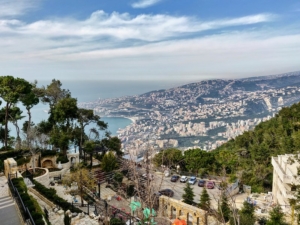
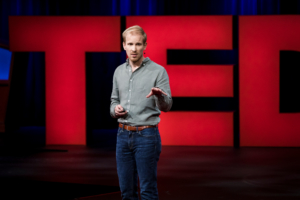

 Nearly
Nearly 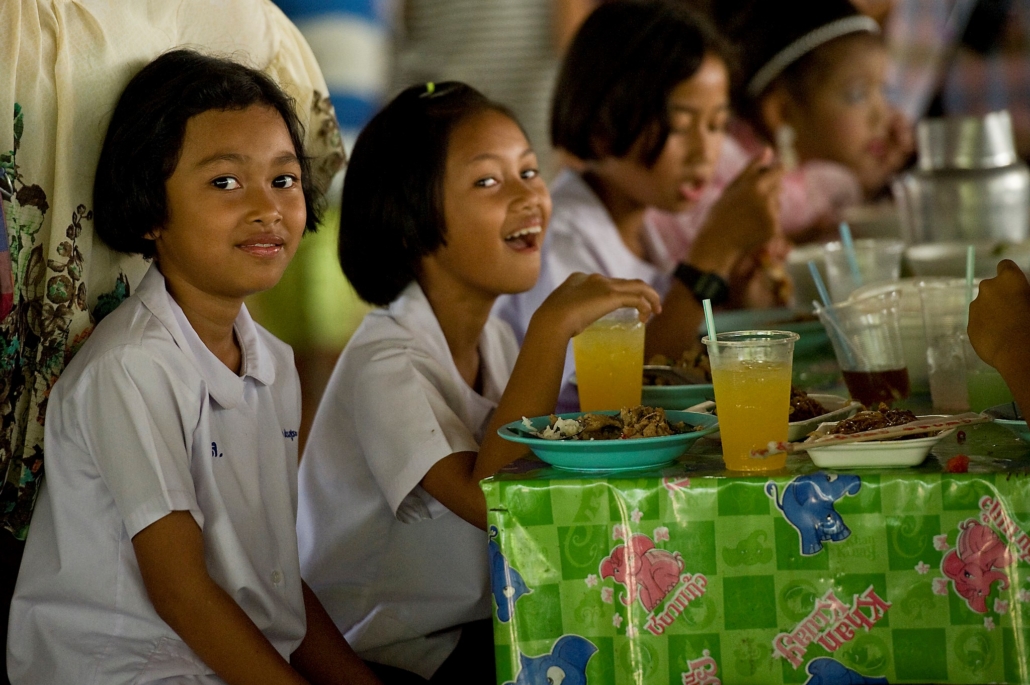
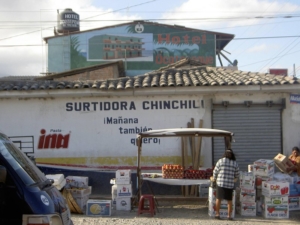 El Salvador is a small country in Central America that, for several years, has been going through an economic crisis. Due to the persistent levels of gang violence and extreme levels of poverty, it has been challenging for El Salvador to overcome its economic instability. Although economic freedom is insecure, attempts have been made to aid the fight against violence and poverty.
El Salvador is a small country in Central America that, for several years, has been going through an economic crisis. Due to the persistent levels of gang violence and extreme levels of poverty, it has been challenging for El Salvador to overcome its economic instability. Although economic freedom is insecure, attempts have been made to aid the fight against violence and poverty.
